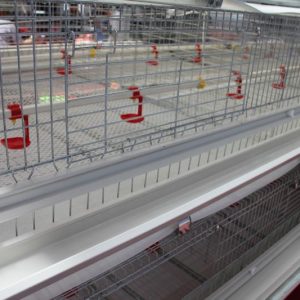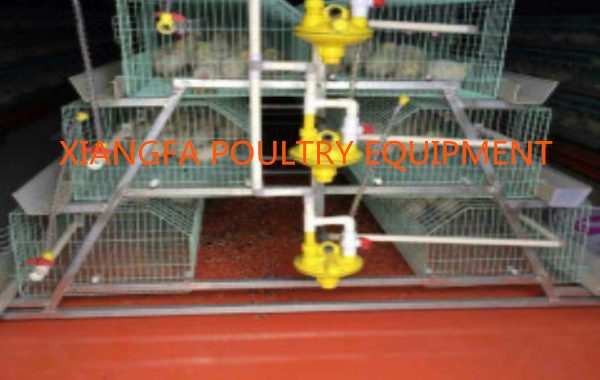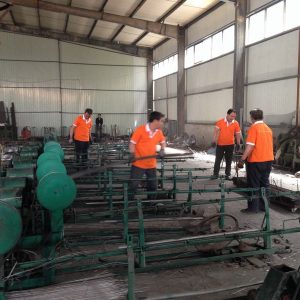
Incubate new chickens in spring and limit egg production in winter
Many chicken farmers believe that the higher the egg production rate in the winter that year when new chickens are hatched in spring, the better. In fact, this view is unscientific. This is because if the egg production rate of new chickens in winter exceeds 60%, the moulting phenomenon will occur when the chickens should be the peak egg production in the next spring, especially those eggs. For high-quality breeders, the season for collecting eggs and breeding chicks in spring will bring difficulties to the breeding of good breeders and affect economic benefits; even if the production of new chickens is not stopped in spring, it will cause thin protein concentration and poor quality. Affect the hatchability and the survival rate of chicks. Therefore, the winter egg production rate of new chickens is generally controlled at 40%~50%.
The method to control the egg production rate of new chickens is mainly to adjust the ratio of protein and carbohydrate in the diet. The protein content in the feed before laying eggs should be kept at 16%-17%, and the metabolic energy should be kept at 2700-2750 kcal/kg. When the laying rate of new chickens in winter reaches 50% or more, the protein content in the feed should be reduced. To 13.5%~14.5%, the metabolic energy can be increased to 2800~2850 kcal/kg. In the middle and late January of the following year, the protein content in the feed will be increased to 15.5%~16.5%, and the metabolic energy will be reduced to 2700~2750 kcal/kg. In this way, the newly produced chickens can continue to mature and increase production. The amount of eggs is more conducive to the reproduction and development of fine breeders in the coming year.



